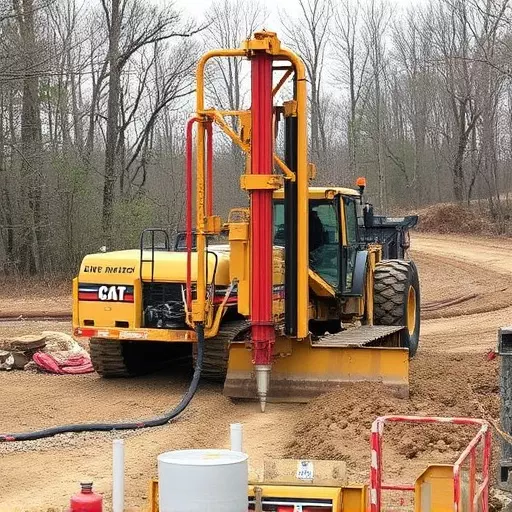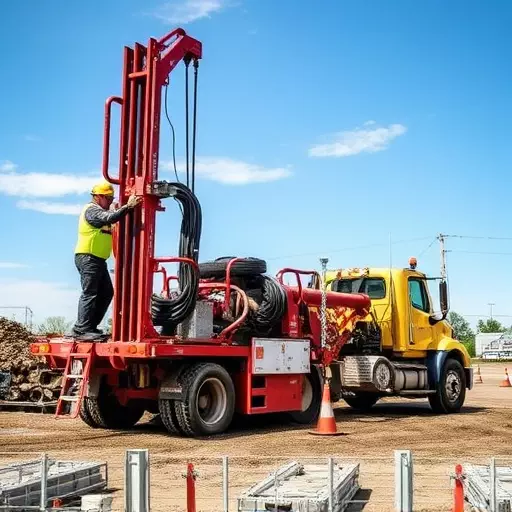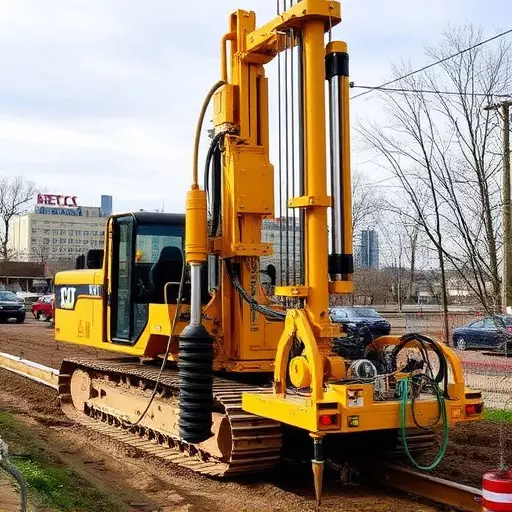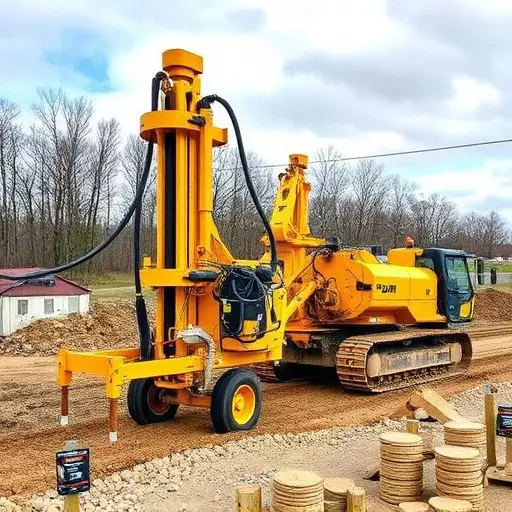Mud recycling systems, integrated with trenchless technologies like Directional Boring Toledo and Horizontal Directional Drilling (HDD), are transforming construction. These innovative methods minimize environmental impact, reduce project timelines, and enhance worker safety by eliminating traditional trenches. By facilitating efficient excavation and utility installation, especially in urban areas or ecologically sensitive zones, these technologies offer sustainable solutions that conserve resources and lower carbon emissions, making them game-changers in infrastructure development.
“Discover the innovative world of Mud Recycling Systems, a pivotal technology in the trenchless construction realm. This article explores how these advanced systems are transforming the industry. From enhancing efficiency in directional boring Toledo and horizontal directional drilling to offering versatile benefits across various applications, mud recycling is a game-changer. Learn how this sustainable practice revolutionizes construction methods, reduces environmental impact, and ensures safer, more cost-effective projects.”
- Understanding Mud Recycling Systems: A Key Component of Trenchless Technology
- Directional Boring Toledo and Horizontal Directional Drilling: Enhancing Efficiency with Mud Recycling
- Benefits and Applications: Revolutionizing Construction with Mud Recycling Techniques
Understanding Mud Recycling Systems: A Key Component of Trenchless Technology

Mud recycling systems are a pivotal component of trenchless technology, revolutionizing the way construction projects are carried out, especially in the realm of directional boring Toledo and horizontal directional drilling (HDD). These innovative systems play a crucial role in minimizing environmental impact and maximizing efficiency. By continuously circulating and treating drilling mud, they eliminate the need for vast quantities of fresh water, a significant concern in many regions.
In the context of trenchless technology, these systems enable continuous excavation and installation of utilities without the traditional trenches. This not only reduces soil disturbance but also expedites project timelines. The recycled mud is treated to specific standards, ensuring it remains effective for cooling, lubricating, and removing cuttings from the borehole. This sustainable approach aligns with the growing demand for environmentally friendly construction methods, making mud recycling a game-changer in the infrastructure development sector.
Directional Boring Toledo and Horizontal Directional Drilling: Enhancing Efficiency with Mud Recycling

Directional Boring Toledo and Horizontal Directional Drilling (HDD) are revolutionary trenchless technologies that have transformed the construction industry, especially in urban areas. These innovative methods allow for the installation of utilities like pipes, cables, and conduits with minimal excavation, reducing disruption to traffic and nearby structures. By employing mud recycling systems, the efficiency of these processes is further enhanced.
In HDD, a drilling rig bores horizontally through the ground, guided by advanced navigation systems. The use of a continuous or circular drill head cuts through soil and rock while a high-pressure mud mixture lubricates and cools the bit, carries away cuttings, and stabilizes the borehole. With proper mud recycling, this process becomes more sustainable, as the mud can be cleaned, re-used, and recirculated, minimizing waste and environmental impact. This not only reduces costs but also streamlines project timelines, making it a preferred method for many infrastructure development projects.
Benefits and Applications: Revolutionizing Construction with Mud Recycling Techniques

Mud recycling systems are transforming the construction industry with their innovative capabilities. By adopting these advanced techniques, such as Directional Boring Toledo and Horizontal Directional Drilling (HDD), contractors can significantly reduce costs and minimize environmental impact associated with traditional excavation methods. The use of trenchless technology not only streamlines project timelines but also enhances safety for workers by eliminating the need for deep trenches and heavy machinery in confined spaces.
One of the key applications of mud recycling lies in complex infrastructure projects where precise and minimal disruption is essential. For instance, installing utilities like pipelines, cables, and fibers under urban areas or along sensitive ecological zones can be accomplished with greater efficiency and less damage to surrounding structures and landscapes. This not only expedites project completion but also conserves resources and reduces the carbon footprint of construction activities.


